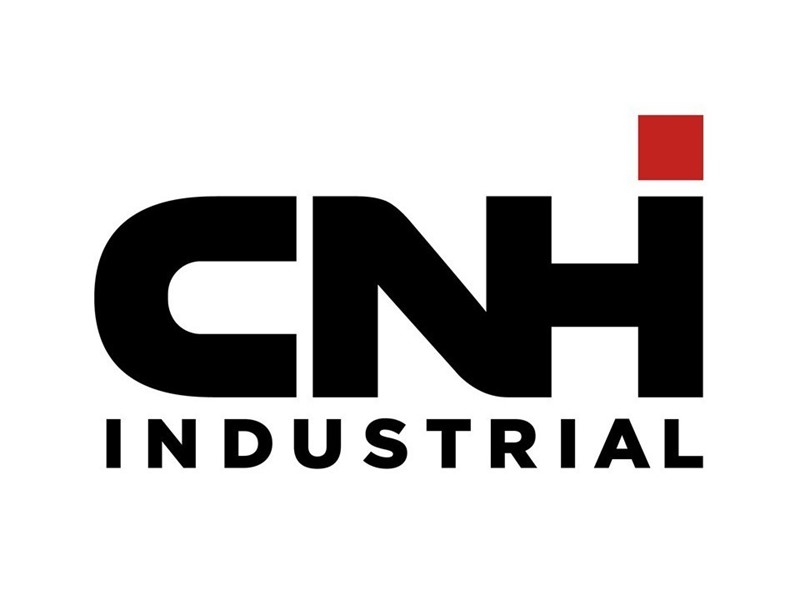Briggs and Stratton Corporation reports fiscal 2017 4Q and full-year results
On August 16, Briggs & Stratton Corporation (NYSE: BGG) announced financial results for its fourth fiscal quarter and year ended July 2, 2017.
For the fiscal 2017 fourth quarter:
* Fiscal fourth quarter net sales were $474 million, a decrease of $28 million or 5.6 percent from $502 million for the prior year. Continued high growth in commercial turf and lawn care, commercial job site, and commercial engines was offset by softness in residential sales.
* Quarterly gross profit margin of 21.3 percent increased from GAAP gross profit margin of 18.7 percent and was consistent with adjusted gross profit margin of 21.4 percent last year, as an improved product mix and manufacturing efficiencies offset the impact of lower volumes.
* Fourth quarter net income was $19.7 million, an increase from GAAP net income of $5.3 million and slightly lower than adjusted net income of $20.1 million last year. On a diluted per-share basis, earnings were $0.46, an increase from $0.12 (GAAP) and consistent with $0.46 (adjusted) last year.
For the fiscal 2017 full year:
* Fiscal 2017 net sales were $1.79 billion, down 1.3 percent from $1.81 billion for fiscal 2016. Fiscal 2017 was a record year for net sales of commercial-type products, amounting to $434 million, a 7-percent increase compared to last year.
* Gross profit margin of 21.5 percent increased from GAAP gross profit margin of 20 percent and adjusted gross profit margin of 21.1 percent last year, due to manufacturing efficiency improvements and favorable sales mix, including a higher proportion of commercial sales and higher margins on new products.
* Net income was $56.7 million, an increase from GAAP net income of $26.6 million and adjusted net income of $55 million last year. Fiscal 2017 diluted earnings per share were $1.31, an increase from $0.60 (GAAP) and $1.25 (adjusted) last year. Briggs & Stratton achieved earnings growth of more than 20 percent in fiscal 2017 after factoring out higher ERP upgrade costs, the negative impact of foreign exchange, higher pension costs and a higher tax rate.
Stock repurchase and dividend update:
* The company paid $24.1 million in cash dividends to shareholders during fiscal 2017.
* The company repurchased $19.7 million of common stock under the company’s share repurchase program during fiscal 2017. The company currently has approximately $30.5 million remaining under the current authorization, which expires on June 29, 2018.
Fiscal 2018 outlook:
* For fiscal 2018, the company estimates net sales in a range of $1.87 billion to $1.92 billion, for projected annual growth of 4.5-7.5 percent. Projections reflect modest market growth assumptions plus a return to more normalized channel inventories.
* Fiscal 2018 diluted earnings per share are estimated to be $1.31-$1.48. Factoring out the absence of hurricanes, higher expected ERP upgrade costs, higher expected interest expense and a change in tax rate, the midpoint of the earnings range shows growth for fiscal 2018 of approximately 25 percent compared to fiscal 2017.
“We achieved earnings within our guidance range for fiscal 2017 on the meaningful progress made to diversify our business and drive operational excellence,” stated Todd J. Teske, Briggs & Stratton’s chairman, president and chief executive officer. “During the year, we delivered strong sales growth in commercial products and commercial engines to gain share and improve gross profit margins. New, innovative products, with the features our customers want, also contributed to profitability and our success in maintaining our leadership position in engines.
“Lower-than-expected shipments of residential outdoor power equipment and engines resulted from certain North America channel partners making unexpected changes to their merchandising and inventory stocking levels during the spring selling season compounded by regional pockets of suboptimal growing conditions. We have observed improved growing conditions throughout the season but continue to see a cautious approach to reordering as channel partners have focused on controlling inventory to abnormally low levels.
“Looking ahead, we remain optimistic about the future, as reflected in the outlook for fiscal 2018, as well as today’s announcement of our business optimization program, which will drive further advancements in operational excellence and provide capacity for the production of high-growth products.”
Business Optimization Program
In addition to quarterly and full-year financial results, the company also announced on August 16 the launch of a business optimization program that is designed to drive efficiencies and expand capacity in commercial engines and cutting equipment. The program entails expanding production of Vanguard commercial engines into the company’s existing large engine plants, which are located in Georgia and Alabama, and expanding Ferris commercial mower production capacity in a new, modern facility that is located close to the current manufacturing location in New York. “We have successfully grown commercial sales by $180 million, or more than 70 percent, over the last five years,” said Teske. “Our launch of this business optimization program will lay the foundation for continued profitable growth. These actions are expected to enable the highly dedicated and skilled teams at our U.S. plants to more effectively produce our commercial offerings.”
Production of Vanguard engines in the company’s U.S. plants is expected to be phased in beginning in late fiscal 2018 through the middle of fiscal 2019. Currently, the majority of Vanguard engines are sourced from overseas. Production of Ferris commercial mowers is expected to begin in the new facility in the latter half of fiscal 2018, and the exit from the existing plant and remote warehouse is planned for fiscal 2019. The business optimization program also includes the project costs for the integration and go-live efforts associated with the company’s ERP upgrade and the anticipated operational excellence efficiency improvements. The go-live for the ERP upgrade is expected toward the end of fiscal 2018, subsequent to the peak seasonal shipment period.
Briggs & Stratton projects that the business optimization program will generate $30 million to $35 million of annual pre-tax savings, in addition to supporting profitable commercial growth. The company estimates the savings will be achieved over a three-year period beginning in fiscal 2019. Total pre-tax expenses related to the business optimization program are expected to be approximately $50 million to $55 million, of which $24 million to $28 million is expected to be recognized in fiscal 2018.
Outlook:
For fiscal 2018, Briggs & Stratton anticipates net sales to be in a range of $1.87 billion to $1.92 billion for growth of 4.5-7.5 percent. This sales range contemplates that the markets for commercial products will grow mid-single digits and that the company will continue to gain market share in the categories of commercial turf and lawn care, commercial job site, and commercial engines. Briggs & Stratton anticipates modest market growth for the U.S. residential lawn and garden market in addition to some normalization of channel inventory levels. The company’s outlook does not include any positive impact of storms, whereas fiscal 2017 net sales included a modest benefit from Hurricane Matthew.
For fiscal 2018, Briggs & Stratton estimates mid-point growth in net income of approximately 6 percent, to be in a range of $56 million to $64 million, or $1.31 to $1.48 per diluted share, prior to the impact of costs related to the company’s business optimization program or the benefit of any share repurchases. Operating margins before business optimization costs are expected to be approximately 5.6-5.8 percent. Compared to fiscal 2017, operating margins are expected to improve due to favorable sales mix from growth of commercial products, product margin expansion and operational efficiency improvements.
The improvement in operating margins is anticipated to be tempered by incremental pre-tax expenses of $4 million to $6 million ($0.06 to $0.09 per diluted share) for completing the build-out phase of the ERP system upgrade. Briggs & Stratton also anticipates increased interest expense of approximately $2.5 million ($0.04 per diluted share) due to rising interest rates and higher average borrowings. The effective tax rate is projected to return to a more normal rate, in a range of 31-33 percent, from 28.9 percent for fiscal 2017, for an increased expense of $0.06 per diluted share. After factoring out the absence of hurricane benefits, the increased ERP upgrade costs, higher interest expense and the change in tax rate, the midpoint of Briggs & Stratton’s earnings range for fiscal 2018 contemplates approximately 25-percent growth in earnings compared with fiscal 2017. Capital expenditures are projected to be $80 million to $90 million, which includes the majority of expenditures associated with the business optimization program.



